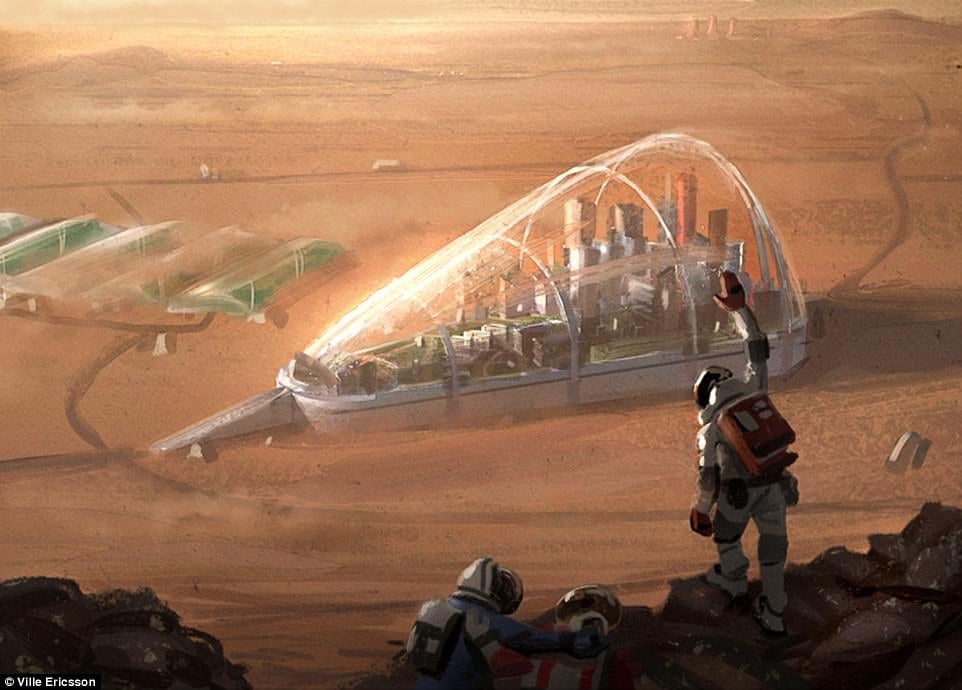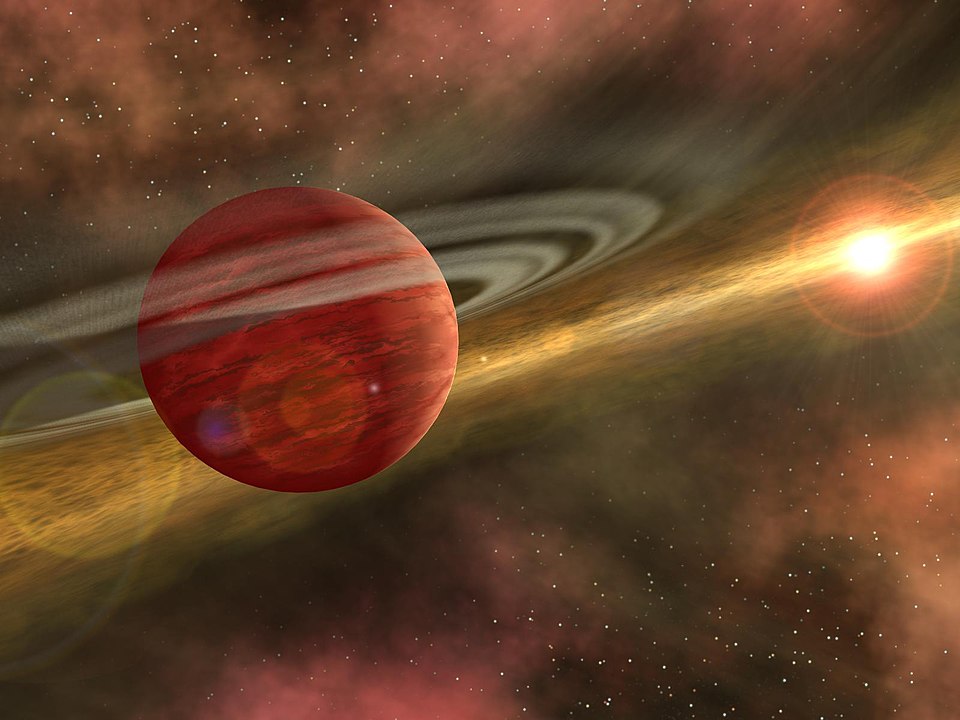
Continue reading

Using data from multiple observstories, a team of astronomers has discovered a monster blackhole right in our backyard!
Continue reading

Continue reading

Two decades of supernova observations still leave big mysteries unsolved.
Continue reading

Continue reading

Continue reading

Europe, the Middle East, and northeast Africa will see the final solar eclipse of 2022 next Tuesday.
Continue reading

In a series of studies, two teams of astronomers shared their data on the closest and most powerful gamma ray burst ever observed.
Continue reading

Continue reading

New research shows that in addition to killing the dinosaurs, the Chicxulub Impact caused a global tsunami 30,000 more powerful than anything we've ever seen!
Continue reading

Continue reading

Continue reading

Continue reading

A team of astrophysicists examined the site of the 2017 kilonova explosion and observed a rapidly-spinning disk and relativistic jets.
Continue reading

Continue reading

Continue reading

Continue reading

Continue reading

An international team led from Cardiff University has confirmed that black hole binaries experience precession.
Continue reading

Continue reading

Continue reading

NASA has announced that TESS is back online and resumed normal operations!
Continue reading

A study of red supergiant supernovae suggests they become dim and red just before they day.
Continue reading

Continue reading

Continue reading

Continue reading

Continue reading

Continue reading

Continue reading

Continue reading

When observing a black hole that devoured a star three years earlier, an international team of astronomers noticed it "burping" material out at half the speed of light!
Continue reading

Continue reading

The Starship and Super Heavy are fully stacked for the first time in six months, which could mean an orbital test flight is imminent!
Continue reading

Continue reading

SpinLaunch just completed its 10th test flight (and its first test with payloads), putting them a step closer to commercial launches.
Continue reading

Continue reading

Continue reading

Continue reading

Continue reading

Continue reading

Continue reading

Scientists at NASA JPL and Colorado University have created a new instrument for finding signs of life, called the Ocean Worlds Life Surveyor (OWLS).
Continue reading

Continue reading

Continue reading

China launches ASO-S, its first mission to explore the Sun.
Continue reading

Continue reading

A new study determined that the world's next supercontinent, "Amasia," will form between two and three hundred million years.
Continue reading

Continue reading

Continue reading

The Dark Energy Survey recently released 15 images that showcase the types of objects it viewed during the six-year campaign.
Continue reading


















































